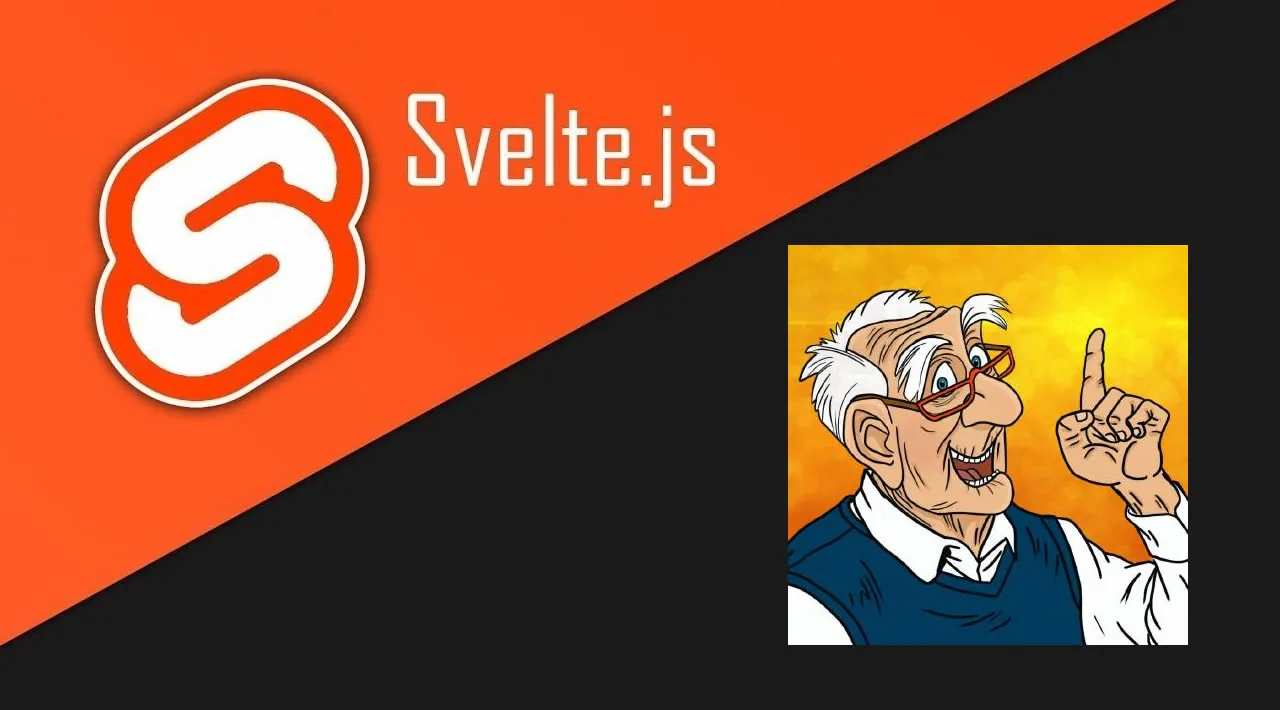Elder.js is a Svelte-based SSG for Jamstack sites, particularly suited to complex, data-intensive websites that require robust SEO.
Welcome to the world of building with the Jamstack. Originally denoting JavaScript, APIs, and markup, the Jamstack architecture enables a faster, more secure, and scalable web. Jamstack applications are very fast because they are pre-rendered, which means all the frontend components and assets are pre-built into highly optimized static pages.
With this setup, sites can now be served via a global CDN. Jamstack apps also support a clean and minimal architecture, eliminating unneeded resource allocation since the entire frontend is isolated from the build process. This, of course, comes with many benefits, least of all cost savings on infrastructure and maintenance.
Elder.js, one among many static site generators for Jamstack sites, provides a better solution for complex, data-intensive websites for which SEO is of particular importance. From its website, Elder.js solves the problem of building highly complex, SEO-oriented sites with anywhere from 10 to 100K pages.
Introducing Elder.js
Built on top of Jamstack technologies, Elder.js was born of the need for a more viable solution to building complex, data-oriented, search-optimized apps. The creator of the framework felt the need for a standard way to build static sites of all sizes, without having to bother with the number of pages or amount of data involved.
Elder.js is based on the Svelte template. Svelte is a JavaScript web framework with a whole new approach to building UIs; templates are built on top of HTML with a data layer. In turn, Svelte converts application code into JavaScript at build/compile time.
According to the author, the scope of Elder.js is limited to building a pluggable static site generator/server-side rendered framework for Svelte with SEO as a major priority. Elder basks in the numerous benefits of this framework and comes with some other impressive features, including:
- An optimized and customizable build process, which can span multiple CPU cores
- Svelte templates with partial hydration in the mix. Hydration allows us to hydrate parts of the client that need to be interactive, allowing reduced payloads with the benefits of component lazy loading, tiny bundles, etc.
- Intuitive data layer with the possibility of multiple data sources
- Prioritized support for SSR and SSG
- Pre-built hooks present in the entire page generation process, allowing easy page customization at every step of the development process
Prerequisites
Before we begin exploring Elder.js, readers should be quite familiar with Svelte and how to build minimal applications with this web framework. Also, while it would be a big plus to know a little bit of building static sites or working with the Jamstack in general, this title covers these concepts and ideas, and are therefore not absolutely necessary for readers to know.
Getting started with Elder.js
To get started with Elder.js, we can make use of degit, which allows for quick scaffolding of Git-based projects by making copies of Git repositories. You might be wondering why we’re not using the native git clone functionality. Well, degit fetches only the relevant parts from a Git repo by downloading only the latest commit instead of the entire Git history.
#svelte #javascript #seo #web-development #developer
